NASA APOD #392-398
#392 Tomorrow's picture: July 15, 1996
“In buildings eight stories tall rest mirrors ten meters across that are slowly allowing humanity to map the universe. Alone, each is the world's largest optical telescope: Keck. Together, the twin Keck telescopes have the resolving power of a single telescope 90-meter in diameter, able to discern sources just milliarcseconds apart. Since opening in 1992, the real power of Keck I (left) has been in its enormous light-gathering ability - allowing astronomers to study faint and distant objects in our Galaxy and the universe. Keck II, completed earlier this year, and its twin are located on the dormant volcano Mauna Kea, Hawaii, USA. In the distance is Maui's volcano Haleakala. One reason Keck was built was because of the difficultly for astronomers to get funding for a smaller telescope."
Copyright: Public domain
#393 Tomorrow's picture: July 16, 1996
“The above artistic portrait of Saturn depicts how it might look from Titan, Saturn's largest moon. In the foreground sits ESA's Huygens probe, which will be released by NASA's Cassini spacecraft. The Cassini mission to Saturn in currently planned for launch in late 1997. Cassini will reach Saturn in 2004 and will release the Huygens probe later that year. Titan is one of only two moons in the Solar System to have an atmosphere, It has been suggested Titan might have gasoline-like lakes, and may even harbor life."
Copyright: Public domain
#394 Tomorrow's picture: July 17, 1996
“This picture of Saturn could not have been taken from Earth. No Earth based picture could possibly view the night side of Saturn and the corresponding shadow cast across Saturn's rings. Since Earth is much closer to the Sun than Saturn, only the day side of the planet is visible from the Earth. In fact, this photo was taken by the Voyager 1 spacecraft as it flew by Saturn in November 1980. The next spacecraft to approach Saturn will be Cassini which is currently scheduled to be be launched next year and reach Saturn in 2004."
Copyright: Public domain
#395 Tomorrow's picture: July 18, 1996
“What causes the colors in this beautiful nebulosity in Sagittarius? Dubbed NGC 6589 and NGC 6590, the colors of this nebulosity, are caused by gas and dust. The blue color of the nebula nearest the bright stars is caused by reflection off interstellar dust. The dust emits little visible light of its own - in the absence of a nearby star the dust would appear dark, blocking light from background stars. The red color of the nebula farthest from the bright stars is caused by glowing hydrogen gas. Energetic light from the central stars ionizes hydrogen gas - which glows red when recombining with a local electron. In the absence of a nearby star, the gas would neither glow on its own nor absorb much background starlight."
Copyright: Anglo-Australian Telescope
Board
#396 Tomorrow's picture: July 19, 1996
“Above is the first color image of Jupiter's volcanic moon Io released by the Galileo Project. (Io sounds like "eye-oh".) The image was made on June 25 when the Galileo spacecraft approached within 1.4 million miles. It reveals features as small as 14 miles across - comparable to the resolution of the best 1979 vintage Voyager images. The Voyager flybys discovered active volcanos on Io's mottled surface and this image indicates that dramatic changes have occurred since, notably in the region of the Masubi volcano located in Io's southern hemisphere. This region, apparently covered with new deposits of sulfur and sulfur dioxide frost deposited by volcanic eruption, is seen as the pronounced white area at the bottom of the picture. While scientists continue to analyze this image and other recent Galileo data the robot spacecraft will continue to explore Jupiter's moons. Its next scheduled close encounter is set for September 6th with the moon Ganymede. Higher resolution images of Io are also expected during the ongoing mission."
Copyright: Public domain
#397 Tomorrow's picture: July 20, 1996
“On July 20, 1976, NASA's Viking 1 lander become the first spacecraft to land on Mars, followed weeks later by its twin robot explorer, the Viking 2 lander. Operating on the Martian surface into the early 1980s, the Vikings took thousands of pictures, conducted sophisticated chemical searches for life and studied the Martian weather and geology. In the dramatically detailed image above, a field of rocks and boulders is viewed from the Viking 1 landing sight on Chryse Planitia (the Plain of Chryse). Viking 1's dusty foot pad is just visible at the lower right. The image was created by combining high resolution black and white images with lower resolution color images of the same area. NASA is planning to continue its extremely productive and well chronicled exploration of the mysterious Red Planet with the Mars Global Surveyor and the Mars Pathfinder missions. What's Mars like today?"
Copyright: Public domain
#398 Tomorrow's picture: July 21, 1996
“On July 21, 1969 Apollo 11 astronauts Neil A. Armstrong and Edwin E. "Buzz" Aldrin Jr. lifted off the lunar surface in the ascent stage of their lunar module dubbed "The Eagle" -- after becoming the first to walk on the moon. Seen here the Eagle soars towards a rendezvous with the orbiting Command Module piloted by Michael Collins. The smooth, dark mare area on the surface below is Mare Smithii located just below the equator on the extreme eastern edge of the lunar nearside. The Earth is visible hanging above the moon's western horizon."
Copyright: Public domain
Upvote! Resteem! Comment! As you like it! Thank you for attention!
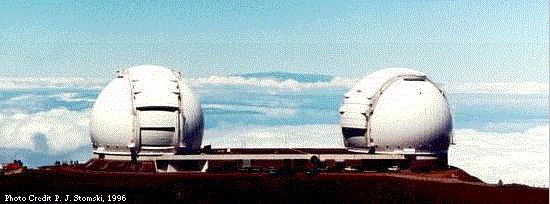

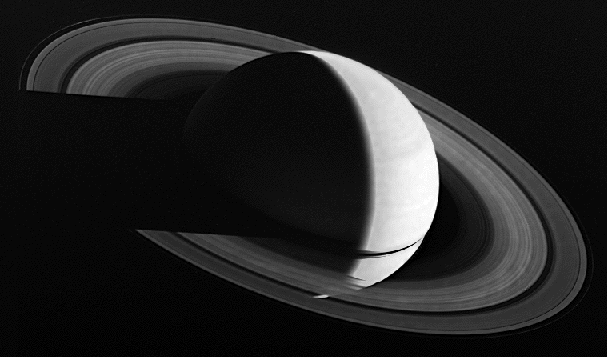
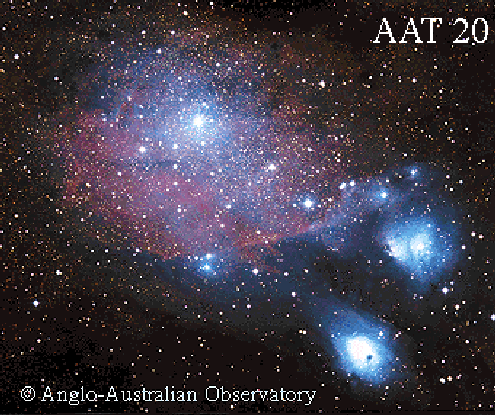

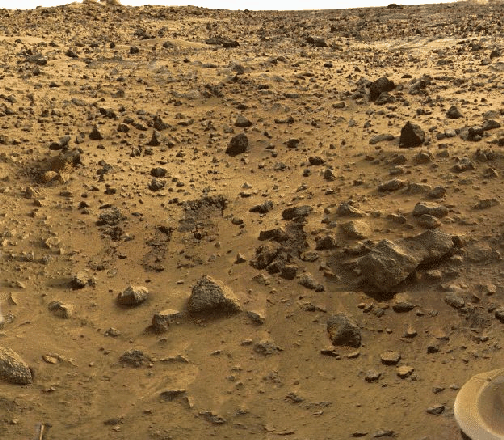
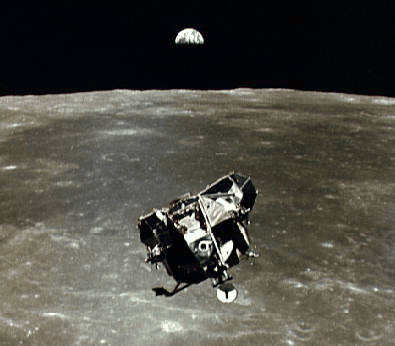
good